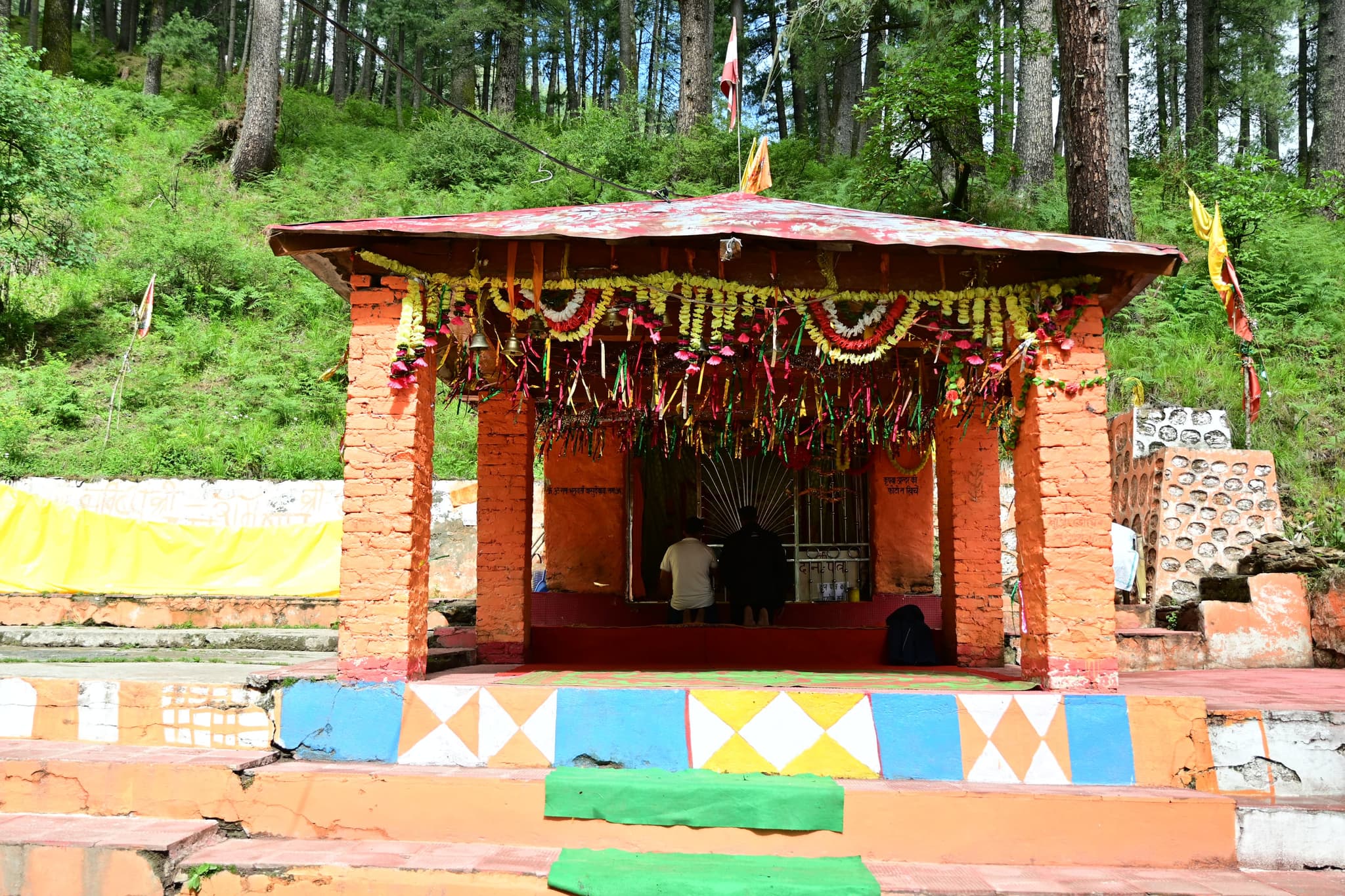
Bhavishya Badri Temple
Bhavishya Badri Temple, one of the sacred Panch Badri temples, is a revered Hindu pilgrimage site in Uttarakhand, India. Located in the picturesque Himalayan region, this temple is dedicated to Lord Vishnu and holds immense religious importance. According to Hindu mythology, Bhavishya Badri is believed to be the future seat of Lord Vishnu when Badrinath becomes inaccessible. In this blog, we explore its history, geographical location, religious significance, and nearby tourist attractions.
History of Bhavishya Badri Temple
Bhavishya Badri Temple has deep roots in Hindu mythology and ancient scriptures. According to legend, a prophecy states that in the future, due to severe climate changes and natural disasters, Badrinath Temple will no longer be accessible to devotees. When that happens, Lord Vishnu will shift to Bhavishya Badri, making it the new primary pilgrimage site. The temple is a part of the Panch Badri circuit, which also includes Badrinath, Adi Badri, Vriddha Badri, and Yogadhyan Badri. The temple’s serene surroundings and religious aura make it a sought-after destination for spiritual seekers and history enthusiasts alike.
Geography and Location of Bhavishya Badri
Bhavishya Badri Temple is nestled in Subhain village, approximately 17 km from Joshimath in Uttarakhand’s Chamoli district. Sitting at an altitude of 2,744 meters (9,000 feet), the temple is surrounded by dense forests and scenic landscapes. The trek to Bhavishya Badri offers breathtaking views of the snow-capped Himalayas, making the journey both spiritually and visually rewarding. To reach Bhavishya Badri, visitors must first travel to Saldhar, followed by a 3 km trek through lush forests and pristine mountain trails. The temple’s remote location enhances its tranquility and divine atmosphere.
Religious Significance of Bhavishya Badri Temple
Bhavishya Badri Temple holds immense religious importance among Vaishnavites and devotees of Lord Vishnu. Hindu scriptures mention that in the future, the Alaknanda River will dry up, making Badrinath inaccessible. At that time, Lord Vishnu will be worshipped at Bhavishya Badri as the primary deity. The temple enshrines a naturally forming idol of Lord Vishnu, which devotees believe is gradually taking shape on its own. Many pilgrims visit the temple seeking spiritual enlightenment, peace, and divine blessings. Performing rituals at Bhavishya Badri is believed to bestow moksha (liberation) and fulfillment of desires.
Tourist Attractions Near Bhavishya Badri Temple
Bhavishya Badri Temple is surrounded by several breathtaking tourist attractions that add to the spiritual journey.
1.Joshimath – A gateway to the Char Dham Yatra and home to the famous Shankaracharya Math, where Adi Shankaracharya meditated.
2. Nanda Devi National Park– A UNESCO World Heritage Site offering incredible trekking trails, diverse Himalayan flora and fauna, and stunning views of Nanda Devi Peak.
3. Auli – A famous skiing destination known for its panoramic views, cable cars, and adventure sports opportunities.
4. Tapovan Hot Springs – Located near Joshimath, these natural hot springs are believed to have medicinal properties that heal various ailments.
5. Badrinath Temple – One of the holiest Hindu shrines and a part of the Char Dham pilgrimage circuit, visited by millions of devotees annually.
Combining a visit to Bhavishya Badri Temple with these nearby attractions offers an enriching experience of spirituality, adventure, and natural beauty.
Best Time to Visit Bhavishya Badri Temple
The best time to visit Bhavishya Badri Temple is during the summer (April to June) and post-monsoon season (September to November). During these months, the weather is pleasant, making the trek comfortable and enjoyable.
- Summer (April–June): Ideal weather for pilgrimage and trekking.
- Monsoon (July–August):** Risk of landslides, but the landscape is lush and scenic.
- Autumn (September–November):** Perfect time for a clear trek and panoramic Himalayan views.
- Winter (December–March): Heavy snowfall makes access difficult, but it’s an enchanting time for snow lovers.
Devotees and travelers are advised to plan their trip accordingly for a safe and fulfilling experience.
Why You Should Visit Bhavishya Badri Temple
1. Spiritual Significance – Witness the prophesied future abode of Lord Vishnu.
2. Scenic Trek – Enjoy a picturesque trek through dense forests and stunning Himalayan landscapes.
3. Less Crowded & Peaceful – Unlike Badrinath, Bhavishya Badri remains a serene pilgrimage site, ideal for meditation and solitude.
4. Explore Nearby Attractions – Combine your visit with a trip to Joshimath, Auli, and other nearby places for a holistic travel experience.
Whether you seek spiritual enlightenment, adventure, or breathtaking natural beauty, Bhavishya Badri Temple offers an unforgettable journey into the heart of the Himalayas.